What Self-Employed Professionals Should Know About CareShield Life
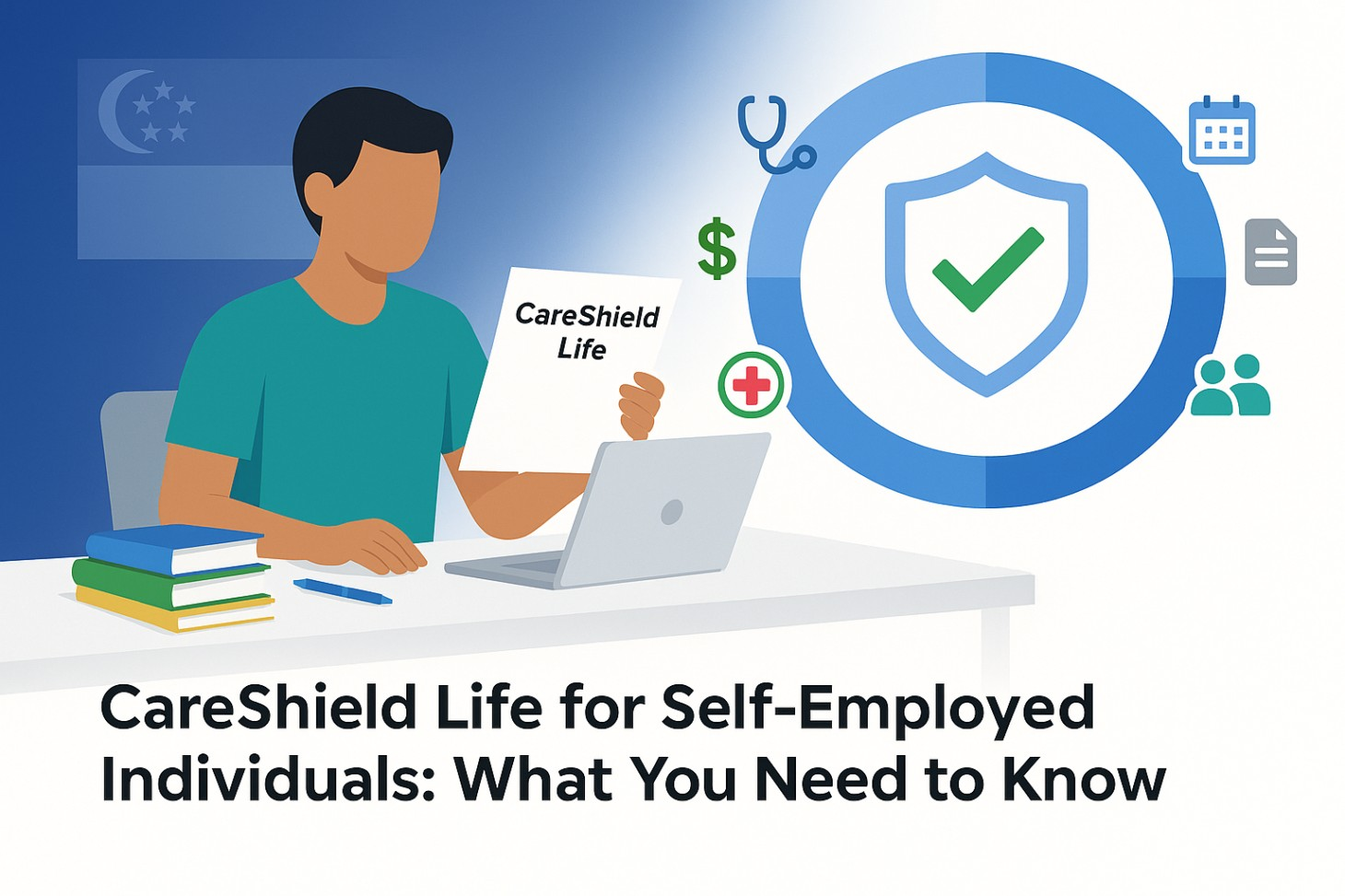
For self-employed professionals in Singapore, planning for long-term care isn’t straightforward. Without the safety net of employer-sponsored benefits, they are left to shoulder all the financial responsibilities themselves. CareShield Life, Singapore’s compulsory long-term care insurance, offers a mix of benefits and potential pitfalls, so it is important to really understand how it works. In this guide, we’ll break down what self-employed folks need to know about handling CareShield Life, from figuring out the rules and making the most of premium payments, to making sure you’re covered for long-term care, all without the usual backup of employer benefits.
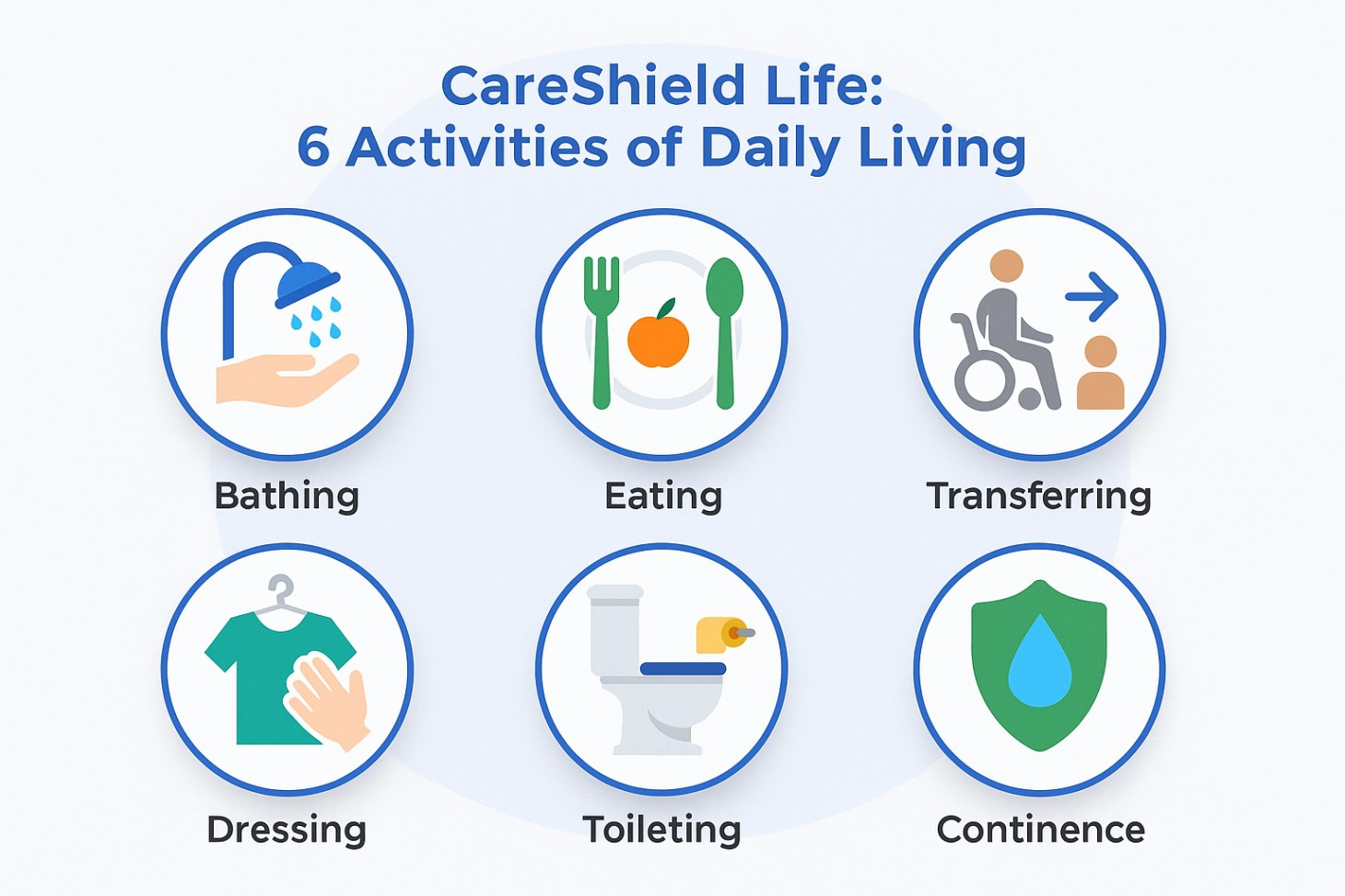
Getting to Grips with CareShield Life: What’s Covered and Who Qualifies
CareShield Life is Singapore’s main long-term care insurance. It is set up to help cover costs for people who end up with serious disabilities and need ongoing care. How you sign up for the scheme depends on when you were born because the rules vary for each generation:
If you’re a Singapore Citizen or Permanent Resident born in 1980 or after, you’ll be automatically enrolled in the scheme. It is compulsory, and your coverage kicks in either on October 1, 2020 or when you hit 30, whichever comes later.
Under CareShield Life, someone is considered severely disabled if they can’t manage at least three out of six basic daily tasks. These include:
- bathing
- eating
- moving around
- getting dressed
- using the toilet
- controlling their bodily functions
With this broad safety net in place, people struggling with serious physical challenges can count on financial support when they are at their most vulnerable.
What You Get and How the Payouts Work
CareShield Life pays out cash every month for as long as you’re severely disabled and continue to meet the scheme’s requirements. In 2025, the monthly payout is set at $662, and it goes up by 2% each year until you turn 67 or make a successful claim, whichever comes first. By increasing payouts each year, this system helps your benefits keep pace with inflation so the money you receive still matters as time goes on.
For people who work for themselves, knowing that these payouts last a lifetime is a real lifeline. This is especially important since self-employment often means your income goes up and down. In contrast to traditional jobs where employers often handle disability coverage through company insurance plans, CareShield Life offers protection to everyone regardless of how or where they work.
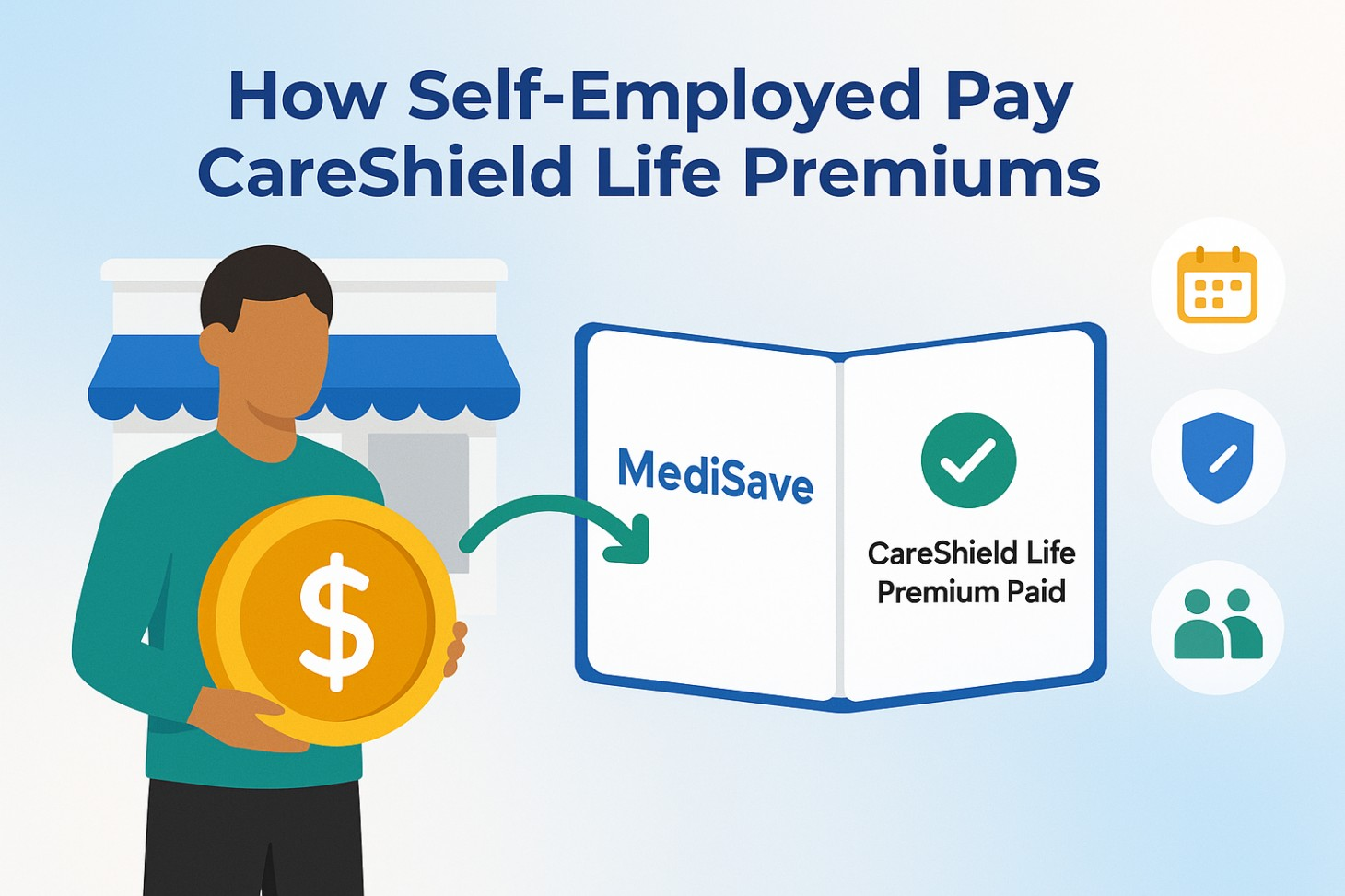
What Self-Employed People Need to Know About Paying Premiums
Self-employed people have to pay the same CareShield Life premiums as those with regular jobs. However, unlike salaried employees, they don’t get the convenience of automatic payroll deductions or help from an HR department to handle the paperwork. With CareShield Life, you pay your premiums while you’re still working, and these payments are pooled together with others from your generation to help cover both present and future claims.
You’ll pay premiums from the time you join the scheme up until you turn 67, but your coverage lasts for life. If you ever need to make a claim and it’s approved, you won’t have to keep paying premiums. This offers some extra financial breathing room when you’re already dealing with a serious disability. Between 2020 and 2025, both premiums and payouts go up by 2% each year. After that, any changes will be decided by an independent CareShield Life Council.
How MediSave Works for the Self-Employed
One thing self-employed people should pay close attention to is how CareShield Life premiums interact with their MediSave contributions under the Self-Employed Scheme. You can use your MediSave savings to pay your entire CareShield Life premium, which also happens to be a tax-friendly way to handle the payment.
If you top up your MediSave specifically to pay your CareShield Life premiums, that amount counts as a Voluntary Top-up, and it can help reduce the MediSave contributions you’re otherwise required to make under the Self-Employed Scheme.
Family members such as your spouse, kids, parents, siblings, or even grandchildren can chip in for your premiums too, either by using their own MediSave savings or by topping up your MediSave account with cash.
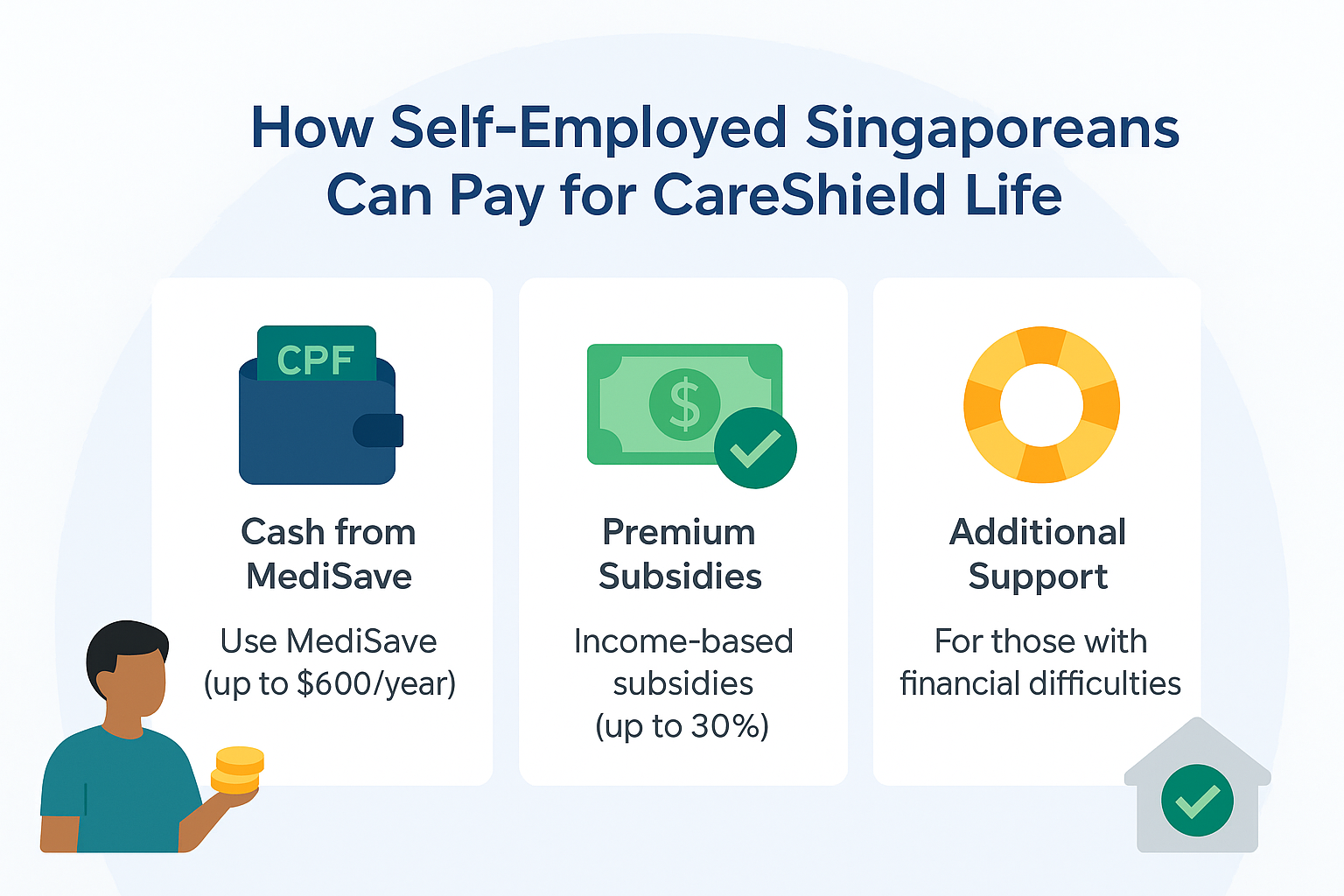
Help from the Government: Subsidies and Financial Assistance
Subsidies Based on Your Income Level
- If your household’s per capita income is $1,500 or below, you’ll get a 30% subsidy as a Singapore Citizen.
- If your per capita household income falls between $1,501 and $2,600, you’ll get a 25% subsidy.
- Households earning between $2,601 and $3,600 qualify for a 20% subsidy instead.
These subsidy rates are available to Singapore Citizens whose homes have an Annual Value of $21,000 or less. If your property’s annual value falls between $21,001 and $31,000, you’ll get a subsidy, but it will be 10 percentage points less than the standard rate.
Extra Help with Premium Payments
On top of the usual means-tested subsidies, the government also offers Additional Premium Support to help Singaporeans who still can’t afford their premiums even after getting the standard subsidies.
How Payment Rules Are Enforced and What Happens If You Don’t Comply
The Inland Revenue Authority of Singapore (IRAS) handles premium collection and enforcement, taking unpaid premiums just as seriously as any other legal obligation.
Penalties and Interest for Late Payments
- 5% late payment penalty on your entire policy year’s premium if you miss the due date.
- An extra 12% charge after one year if unpaid.
- 4% annual interest compounded on unpaid premiums and penalties.
How the Authorities Can Appoint Others to Collect
IRAS can authorize banks or even your clients to recover premiums on their behalf. For self-employed folks, staying up to date on premium payments is critical.
How Self-Employed People Can Plan Ahead for Long-Term Care
Dealing with Fluctuating Income
Plan ahead for rising premiums by budgeting, setting aside reserves, or scheduling automatic MediSave top-ups. Consider creating separate business accounts for CareShield Life obligations and MediSave contributions.
Extra Coverage Choices
Insurers like Singlife, Great Eastern, and Income offer supplements that enhance your CareShield Life benefits. These can include higher payouts or coverage for milder disabilities. You can use up to $600 of MediSave annually to pay for them.
Keeping Your Business Running If Disability Strikes
If you become disabled, having clear continuity plans, manuals, and agreements in place helps protect your income. CareShield Life helps with care expenses, but extra business protection like disability income or overhead expense insurance may be needed.
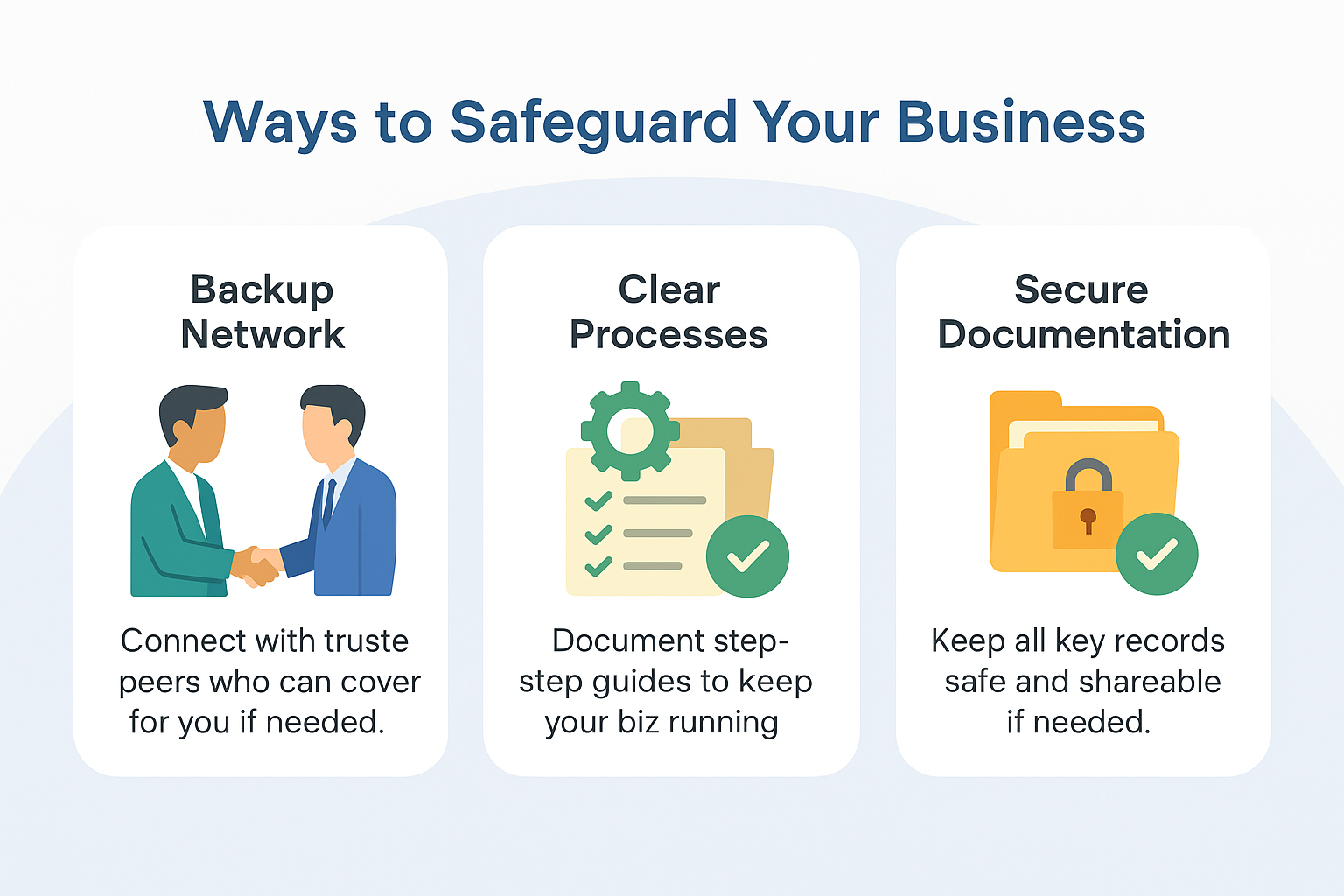
Ways to Safeguard Your Business
- Reliable colleague network
- Written operation manuals
- Organized business records
- Partnership or succession planning
Weaving Estate Planning Into the Mix
- Prepare powers of attorney
- Set up trusts for business asset management
- Coordinate disability insurance to avoid gaps or overlaps
Wrapping Up
For self-employed Singaporeans, CareShield Life is a cornerstone of financial security. It is what stands between you and the overwhelming expenses that can come with a serious disability or long-term care.
By combining CareShield Life premiums with MediSave contributions under the Self-Employed Scheme, self-employed individuals have a smarter and more streamlined way to meet several legal requirements at once. Government subsidies and support programs help keep coverage within reach even when money is tight.
When self-employed individuals know what’s expected of them, take advantage of support programs, and weave long-term care planning into their overall business and estate strategies, they put themselves in a much stronger position.
Managing CareShield Life well really comes down to a few essentials: planning ahead, keeping up with your premium payments, and making sure your long-term care coverage fits smoothly with the rest of your financial plans.
Need Help With Your CareShield Life Planning?
👉 Contact our financial advisory team to get tailored support for your self-employed situation and how to make CareShield Life work for your long-term care strategy →